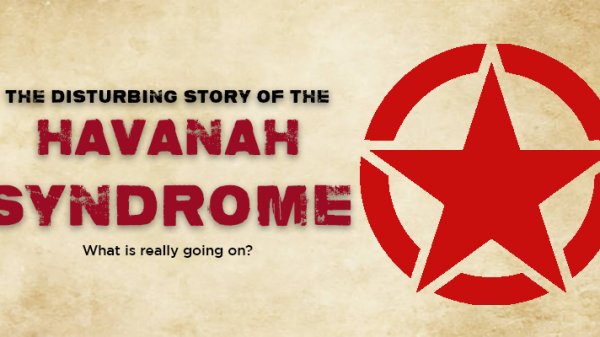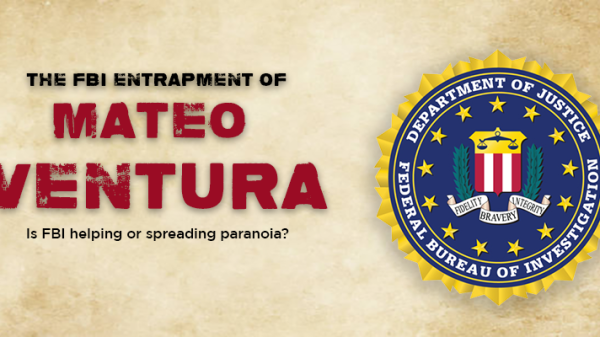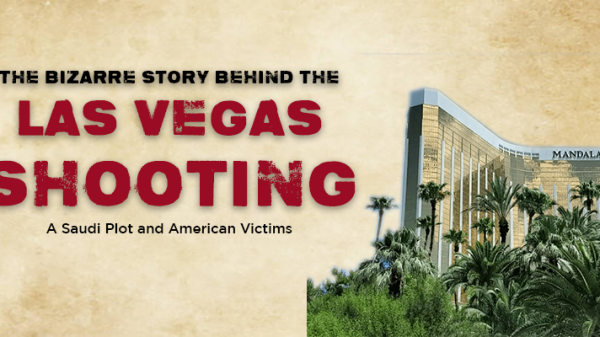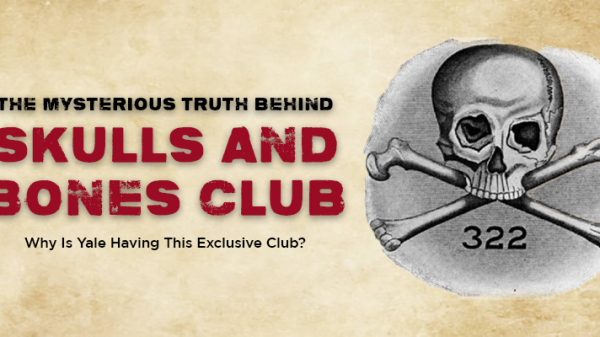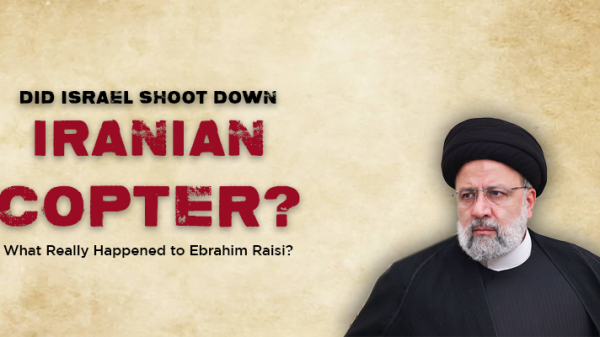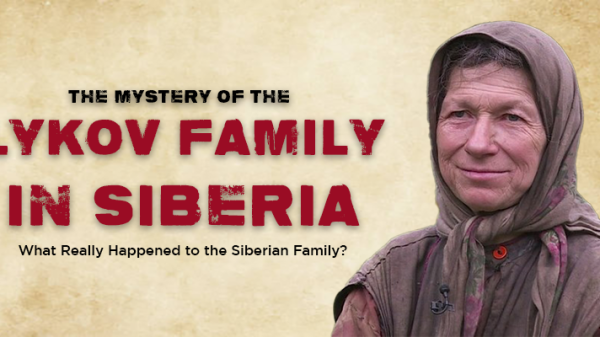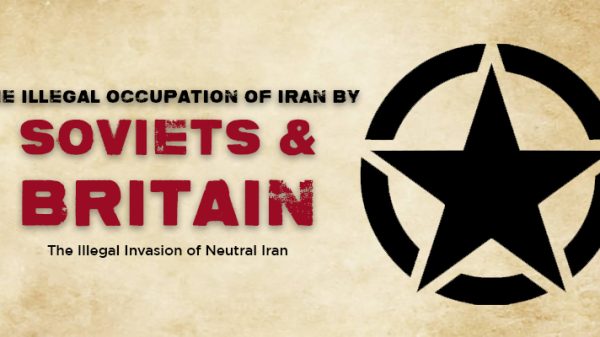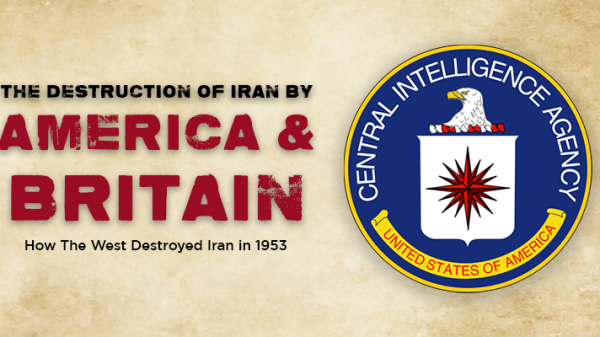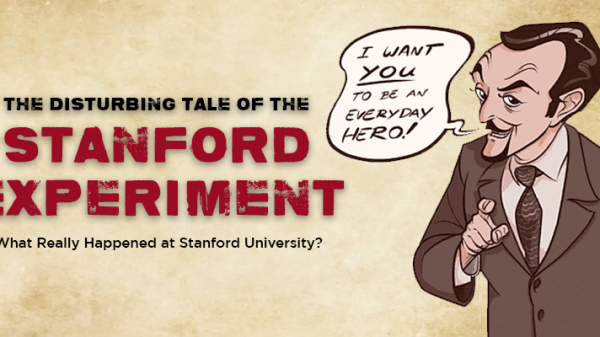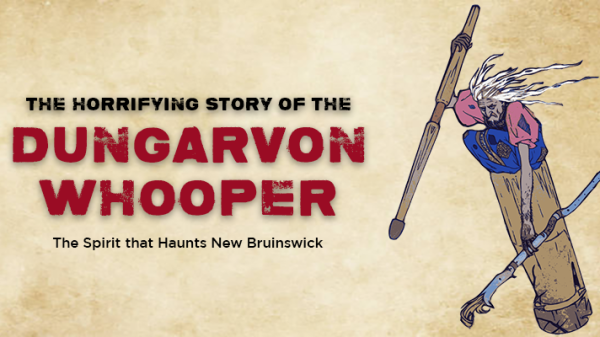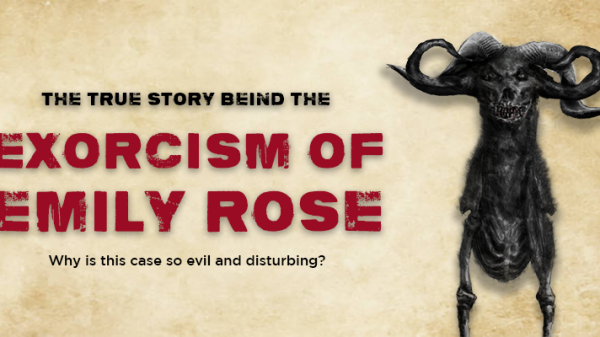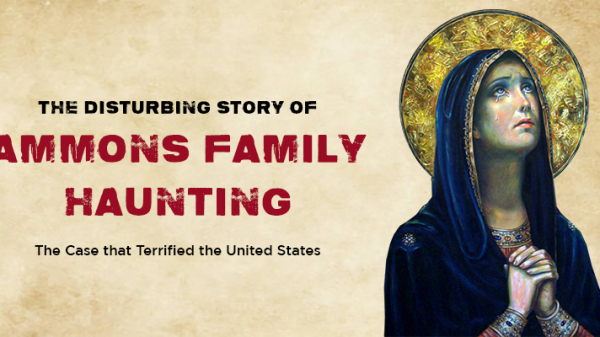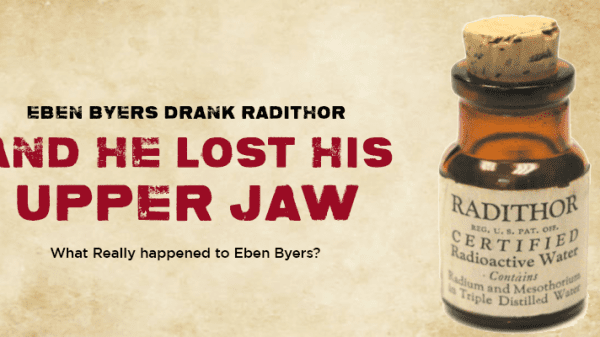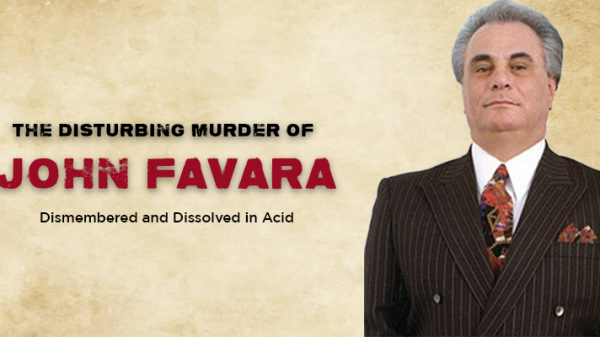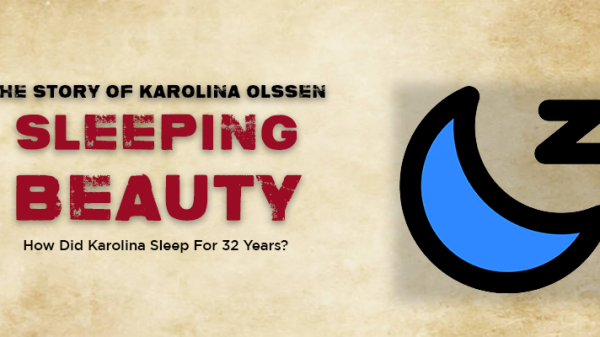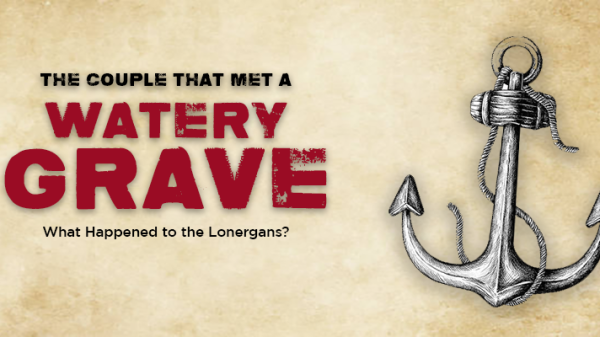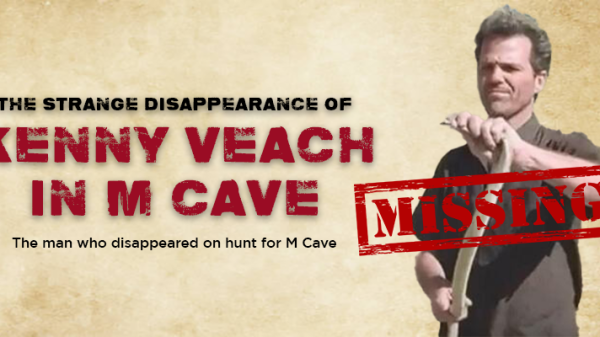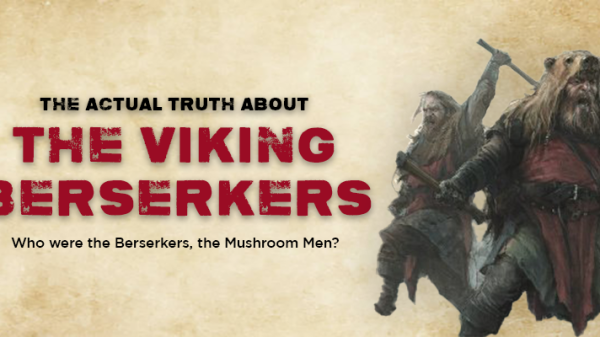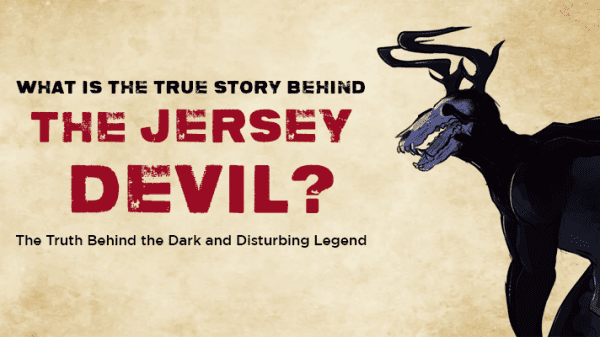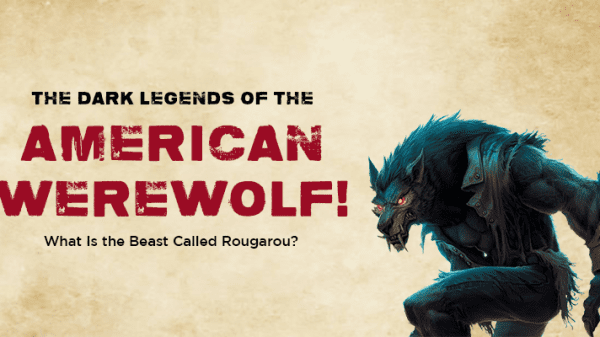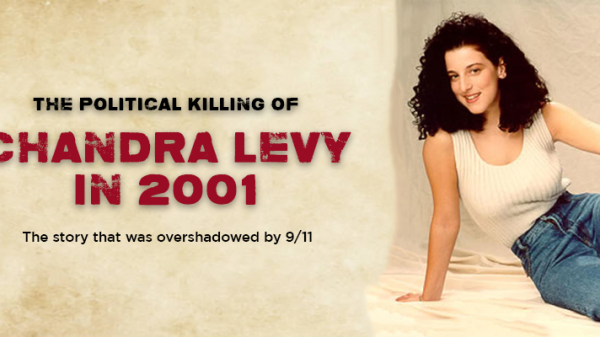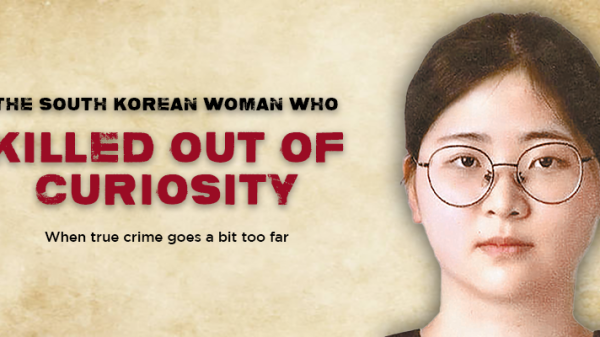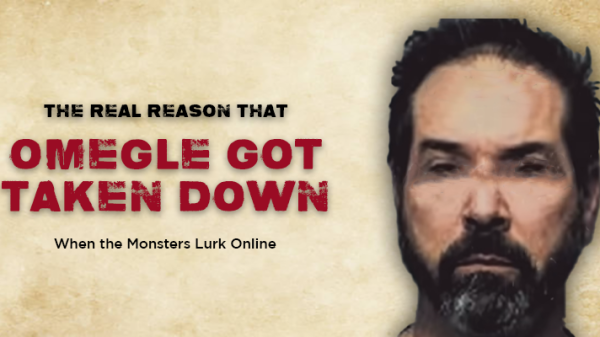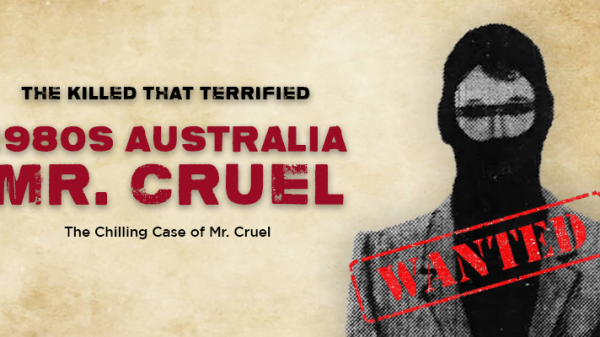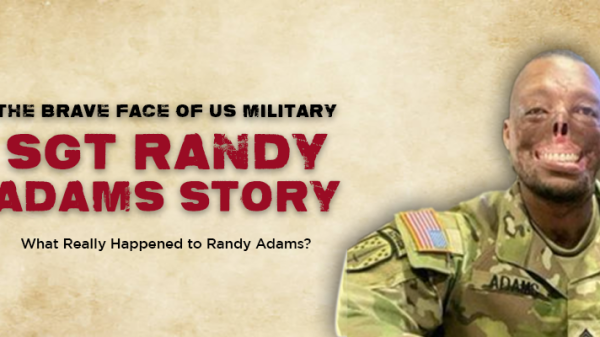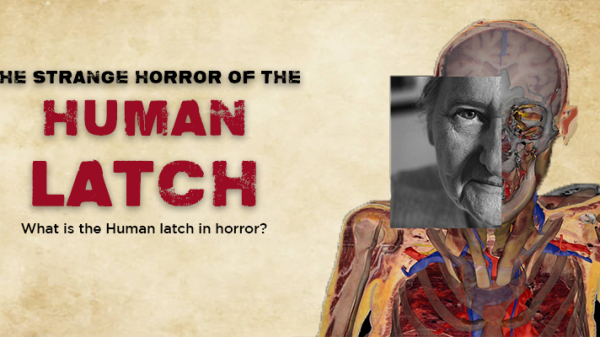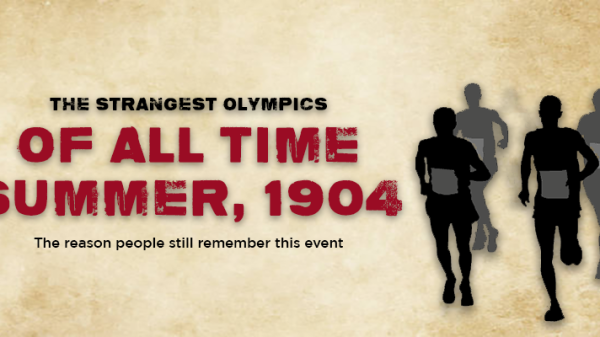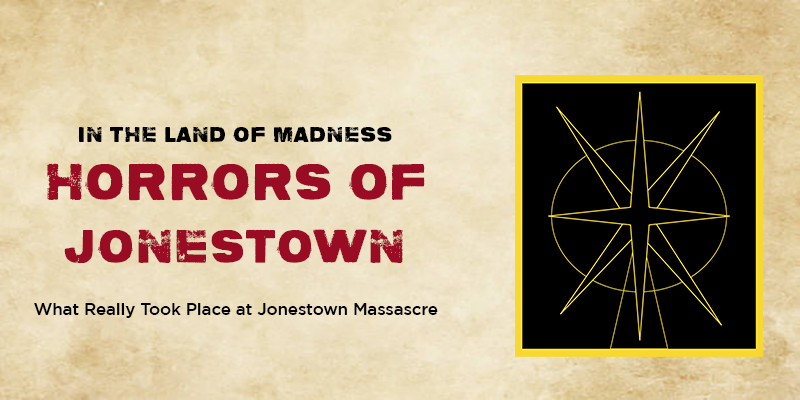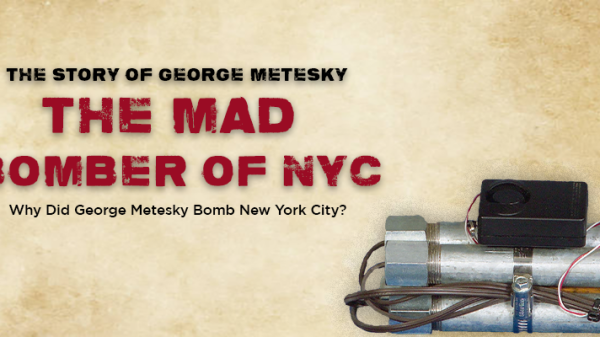The Peoples Temple of the Disciples of Christ, originally known as the Peoples Temple Full Gospel Church and often abbreviated as the Peoples Temple, emerged as an American new religious organization associated with the Christian Church (Disciples of Christ) during its existence from 1954 to 1978.
Founded by Jim Jones in Indianapolis, Indiana, the group conveyed a unique message that intertwined Christian principles with communist and socialist ideologies, with a significant focus on promoting racial equality. Relocating to California in the 1960s, with its headquarters in San Francisco, the Temple developed connections with various left-wing political figures and purportedly boasted a membership of 20,000.
However, estimates suggest that 3,000–5,000 members were more likely.
The defining moment for the Peoples Temple occurred on November 18, 1978, in Guyana, when a harrowing event took place at their remote settlement known as “Jonestown.” Tragically, 909 individuals perished in a mass suicide and mass murder, a dark day also marked by the murders of U.S. Congressman Leo Ryan and members of his delegation at the nearby Port Kaituma airstrip.
Before the September 11th attacks, the Jonestown tragedy on November 18th, 1978, accounted for the most significant number of American civilian casualties in a non-natural incident. The unimaginable scale of the event remains as haunting now as it was then – over 900 members of the Peoples Temple, a religious group based in San Francisco, lost their lives by consuming poison on the instructions of their leader, Reverend Jim Jones, in a remote South American jungle settlement.
Photographs taken in the aftermath of the devastating event serve as a reminder of its sheer magnitude, depicting hundreds of people, including children, lying lifeless in the grass. Almost four decades later, this infamous and horrific incident continues to captivate the public’s interest, documented through numerous books, articles, and documentaries.
Who was Jim Jones, and What Was Peoples Temple?
Explore the captivating tale of Jonestown, which revolves around the enigmatic figure of Jim Jones, a white minister known for preaching unconventional socialist and progressive ideologies to his predominantly African-American congregation, known as the Peoples Temple. Flourishing during the 1970s, this charismatic movement attracted thousands of members and even garnered attention from local San Francisco politicians, including Harvey Milk.
However, under the weight of media scrutiny surrounding the Temple’s questionable undertakings, Jones became increasingly paranoid. In response, he and his numerous followers embarked on a significant migration to a secluded agricultural settlement in Guyana, famously referred to as Jonestown, located in the remote reaches of South America, east of Venezuela.
In November 1978, concerns about the well-being of those residing in the remote jungle encampment prompted a visit from U.S. Congressman Leo Ryan to Jonestown. Tragically, during his inspection of the settlement, Temple gunmen attacked an airstrip, resulting in the death of Congressman Ryan and four others.
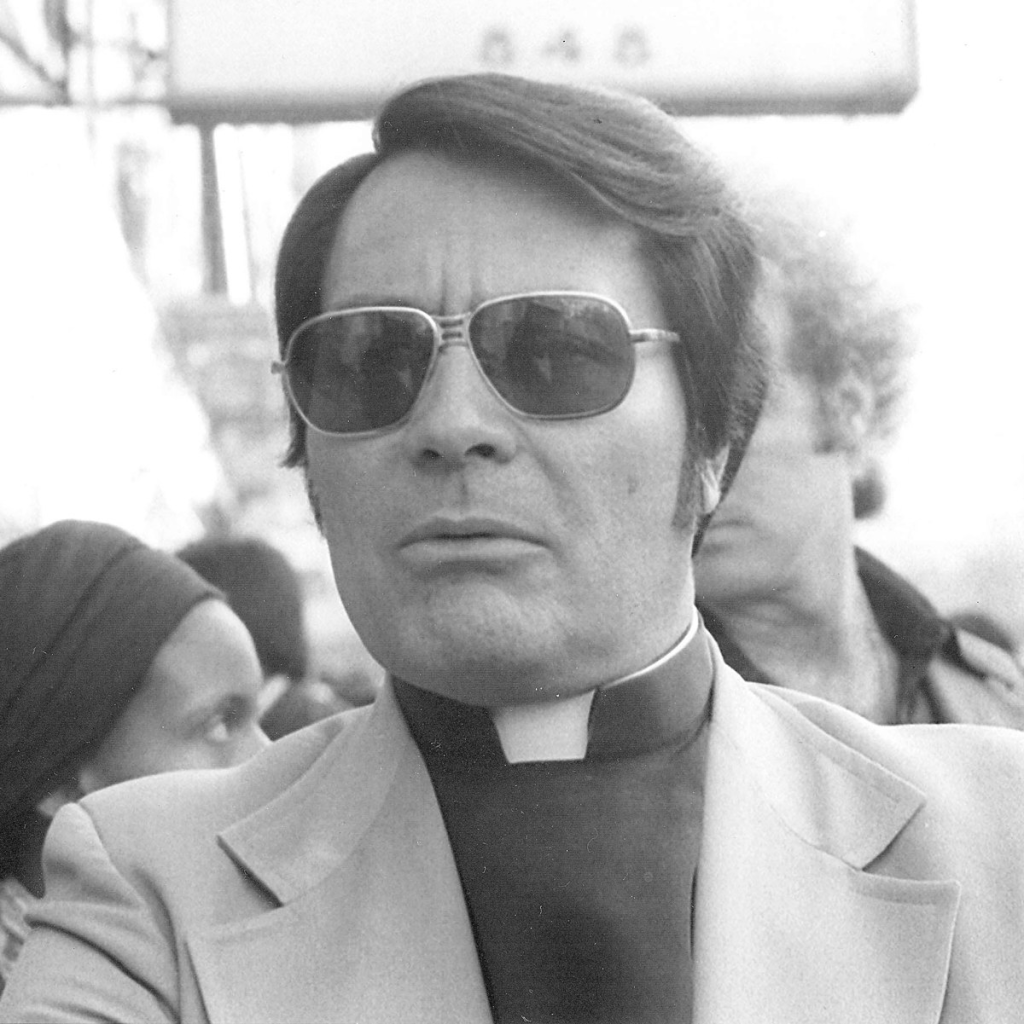
Jim Jones, the man who orchestrated the massacres’
In the aftermath of these shocking murders, Jim Jones, the leader of the Peoples Temple, gave a chilling command to his followers: to drink punch laced with cyanide, starting with the children. The horrifying event led to the loss of over 900 lives in Jonestown, including that of Jim Jones, who was discovered dead with a gunshot wound to the head.
Though there are speculations about the circumstances of his death, some suggest the possibility of suicide. In contrast, others propose that his nurse, Annie Moore, might have fatally shot him before taking her own life in a similar manner.
Even after several decades have passed, survivors of the Jonestown tragedy still carry vivid memories of their involvement in a church/organization that once held a profound place in their lives. Jean Clancey, who played a role in the Temple newspaper, reflects on the experience, recalling the incredible people she encountered – individuals who wholeheartedly dedicated themselves to a cause beyond their own self-interests.
Laura Johnston Kohl, another former member of the Temple, shares her perspective, acknowledging that while they all believed they were doing what was right, they found themselves in the wrong environment under the influence of the wrong leader.
In the present day, the legacy of Jonestown has become synonymous with the popular expression “drinking the Kool-Aid.” However, the history of Jim Jones and the Peoples Temple encompasses far more than this somewhat inaccurate catchphrase.
The Twisted Life of Jim Jones
The enigma of how Jim Jones, a racial and social equality preacher, descended into cruelty and madness has puzzled many. In his book “Raven,” Tim Reiterman offers insights into the origins of Jones’ dark traits, attributing them to his troubled childhood in Indiana.
As a loner during his youth, Jones would captivate his playmates in the loft of his family’s barn, exercising control over them, even going so far as to lock them up at times. He engaged in unsettling activities such as conducting experiments on animals and holding funerals for them.
Childhood friend Chuck Wilmore recalled Jimmy’s eccentricities, describing him as fixated on religion and death, even recounting an incident where he witnessed Jimmy killing a cat with a knife. Moreover, according to Jeff Guinn’s book “The Road to Jonestown,” Jones exhibited an early fascination with Adolf Hitler, finding admiration in the dictator’s dramatic end when he committed suicide to evade capture and humiliation.
These disturbing glimpses into Jones’ early years shed light on the seeds of control, deception, and anger that would later manifest in his actions as the leader of the Peoples Temple.
In 1955, Jim Jones established the Peoples Temple in Indianapolis, which gained attention for its groundbreaking multiracial membership, defying the racial segregation prevalent during that era. In the early 1960s, Jones stumbled upon an Esquire article listing nine safe havens worldwide in the event of a nuclear catastrophe.
Among these locations was Eureka, California, described as being shielded from potential damage due to its westward position relative to the Sierras and upwind positioning from potential targets in the United States.
Inspired by this article, Jones convinced his congregation that they should relocate to California, citing the need to seek refuge from a predicted nuclear attack set to occur on July 15, 1967. He propagated his apocalyptic vision to others, transforming valid concerns about nuclear war into a doomsday scenario.

Peoples Temple choir, 1974-1975
In his vision, he saw himself as a modern-day Moses, leading his followers to live in an integrated community.
Following Jones’ leadership, approximately 70 of his devoted followers, including his family, moved to Redwood Valley in northern California. Over time, the Peoples Temple expanded its influence, establishing branches in San Francisco and Los Angeles by the mid-1970s, forming a vast church empire under Jones’ charismatic sway.
The popular narrative often labels the Peoples Temple as a cult, portraying its members as blindly devoted followers sacrificing their own well-being for the cause of their leader, Jim Jones. However, a deeper examination of the temple’s followers paints a more complex and diverse picture.
The congregation consisted of a significant and varied mix of individuals from different racial backgrounds and age groups, united by the church’s progressive and activist ideals.
Within the Temple, these dedicated individuals embraced a sense of purpose, engaging in altruistic acts for the betterment of their community. For some, joining the Peoples Temple marked a turning point in their lives, helping them overcome struggles with drugs and crime.
Far from just being a religious institution, they perceived themselves as a closely-knit “family,” fostering a strong sense of belonging and camaraderie.
The true attraction of the Peoples Temple lay in its people. As Kathryn Barbour reminisces about her initiation into the group, she highlights the warmth and openness of the African-American members, welcoming and engaging in meaningful conversations.
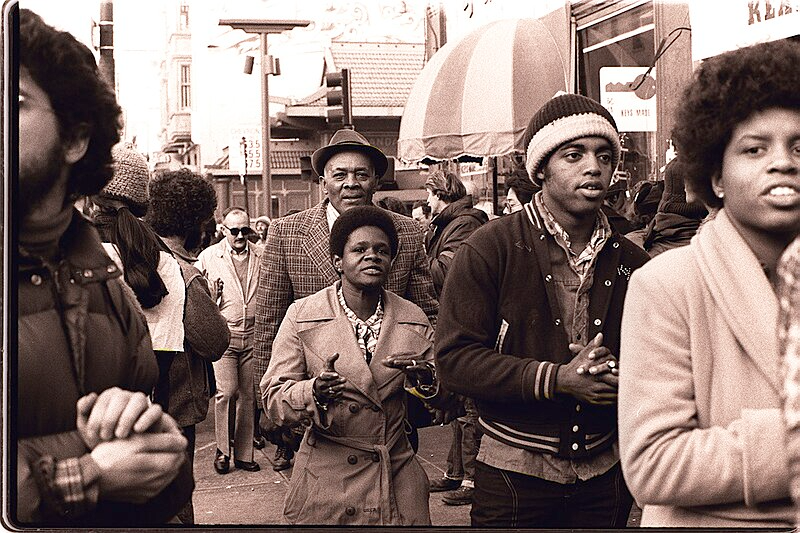
Peoples Temple members attend an anti-eviction rally at the International Hotel, San Francisco, January 1977.
The human connections and stories shared within the Temple left a lasting impression on many, creating a heartfelt and touching environment. Despite the focus on Jim Jones as the central figure, the diverse and compassionate community of the Peoples Temple left a significant impact on its members and those who encountered them.
Seeking to expand the influence of the Peoples Temple, Jim Jones sought guidance from Father Divine, a prominent African American evangelist and the founder of the Peace Mission movement. Father Divine had initiated a religious movement in the early 1910s, drawing a substantial following who revered him as a divine figure.
He advocated for racial equality and preached celibacy, which were qualities that resonated with Jones and his vision for the Peoples Temple.
After the passing of Father Divine in 1965, Jones made a bid to gain control of the Peace Mission organization during a visit to Divine’s estate, even going to the extent of asserting he was the reincarnation of the late preacher.
However, his power-grab attempt failed, and Mother Divine subsequently ousted him and his followers. Despite this, Jones managed to persuade a small number of Peace Mission members to join him on their journey back to California.
Contrary to the principles he preached, Jim Jones didn’t always uphold them in his personal life. In 1973, he faced an arrest for lewd conduct at a Los Angeles movie theater. Moreover, Jones struggled with pharmaceutical drug addiction during his final months in Jonestown.
Despite being married and adopting children from various racial backgrounds, Jones engaged in sexual relations with some of his male and female followers, often contradicting the principles of celibacy he purportedly advocated.
These contradictions and flaws in his personal life painted a complex and troubling picture of the man behind the Peoples Temple.
According to accounts from former Temple followers in the Jonestown documentary, Jim Jones propagated the belief that everyone within the Peoples Temple, except for himself, was homosexual. He claimed to be the only heterosexual person on the planet, stating that all women in the group were lesbians and all men were gay.

Stack of U.S. passports that belonged to members of the Peoples Temple cult
Consequently, any display of interest in heterosexual relationships was viewed as mere compensation or deception.
Jones strongly discouraged romantic relationships within the Temple, considering them a potential threat to the collective cause. He emphasized that the members should prioritize their work and dedication to the group over personal relationships.
This atmosphere of fear and suspicion discouraged open communication between Temple members, as expressed by Tim Carter, an ex-member, and his wife Gloria. Like many others, they refrained from discussing their true feelings about Jones or anything else, fearing that doing so might lead to being questioned or reprimanded by Jones or other Temple leaders.
The environment of control and manipulation cultivated by Jones stifled personal connections and made Temple members apprehensive about expressing their thoughts or concerns freely.
The Peoples Temple had a pet chimpanzee named Mr. Muggs, who held a special place within the organization. Jim Jones claimed that he had rescued Muggs from scientific experiments, but there is evidence suggesting that he may have purchased the chimpanzee from a pet store during his time in Indiana, where he once sold pet monkeys door-to-door.
Under the care of Joyce Touchette, a devoted Temple member, Muggs became a mascot for the organization. A 1973 article in the Temple Reporter, the church’s publication, highlighted Muggs’ story, describing him as an intelligent creature with the mental capacity of a four-year-old child.
Muggs was deeply attached to Pastor Jones and followed his every command. The article even mentioned how Muggs would defend Jones if anyone approached him casually.
Tragically, like many others at Jonestown, Mr. Muggs also met a grim fate on the community’s final day. He was shot to death.
How Did the Massacre At Jonestown Unfold?
The tragic events that unfolded in Jonestown were partly triggered by a 6-year-old boy named John Victor Stoen. Tim and Grace Stoen were devoted followers of Jim Jones and active members of the Peoples Temple in its early years in California.
Grace gave birth to John in 1972, and Jones claimed to be the child’s father. Tim signed an affidavit affirming Jones as the biological father to complicate matters further.
When Grace decided to defect from the church in 1976, she left her son John behind with Jones, fearing for their safety. She and Tim, who left the Temple a year later, initiated legal proceedings to reclaim custody of John through U.S. courts. However, by that time, John was already in Jonestown, Guyana, and Jones adamantly refused to hand him over, even in defiance of court orders.
The dispute over John’s paternity became a symbol of the bitter conflict between the Peoples Temple and its adversaries. If the Stoens succeeded in retrieving John, it would have marked a significant blow to Jones’ control over his followers. It could have emboldened other relatives of Temple members to seek the return of their loved ones from Jonestown.
Tragically, John Victor Stoen was among the approximately 304 people aged 17 years or younger found dead in Jonestown. His presence in Jonestown and the relentless refusal by Jones to relinquish custody of him amplified the tension and conflict between the Peoples Temple and those trying to rescue their loved ones from the clutches of the organization.
Congressman Leo Ryan Arrives at Jonestown
Leo Ryan, a California Congressman, played a significant role in the Jonestown tragedy, yet his story is often overshadowed. As a Democratic representative, Ryan was known for his maverick and unconventional approach to politics.
He demonstrated his dedication to understanding issues firsthand by briefly incarcerating himself at Folsom State Prison to assess prison conditions and investigating the hunting of baby seals in Canada.
Ryan became involved with the Peoples Temple matter when he received concerns from his constituents about their relatives possibly being held against their will in Jonestown. He took the initiative to write a letter to Jim Jones, requesting an invitation to visit the settlement.

An aerial shot of the mass suicide of the religious cult, The Peoples Temple led by Jim Jones. Uncensored Image accessible here.
Jones and his followers initially resisted but eventually agreed to the visit. Accompanied by journalists and relatives of Temple members, Ryan traveled to Jonestown to assess the situation on the ground.
During his visit, some settlers expressed their desire to return to the United States, a move that Jones perceived as a betrayal. Tragedy struck when Ryan, the defectors, and the journalists were waiting at the Port Kaituma airstrip for planes to take them home. Temple gunmen arrived and opened fire, resulting in the deaths of Ryan and four others, with several more injured.
Ryan’s dedication and commitment to fighting for the powerless in society were remembered and honored after his death. In 1983, he was posthumously awarded the Congressional Gold Medal, and in 2009, a post office in his old district in San Mateo, California, was named after him.
His former aide, Jackie Speier, who was also injured in the airstrip shooting and is now a U.S. congresswoman, fondly recalls Ryan’s righteous indignation and passion for seeking justice and challenging the status quo. To him, the fight itself was as important as the ultimate outcome.
The Victims Didn’t Drink Cool Aid At Jonestown; they drank Flavor-Aid
The tragic events in Jonestown reached a horrifying climax when Jim Jones, after the attack on Congressman Ryan and his party at the Port Kaituma airstrip, urged his more than 900 followers to commit mass suicide.
He instilled fear in them, claiming that the Guyanese military would take their children away if they did not take their own lives.
Under Jones’ manipulative influence, his followers drank the cyanide-laced punch from a vat, losing hundreds of lives. This led to the creation of the phrase “drinking the Kool-Aid,” which has since become synonymous with blindly following something, often to one’s detriment.
However, it is essential to clarify that the drink used in the suicides was not actually Kool-Aid but a similar brand called Flavor-Aid. The use of the term “Kool-Aid” in reference to the tragedy can be traced back to early reporting after the event.
For many survivors and relatives of the victims, the use of this phrase is deeply hurtful and offensive. It trivializes and belittles the horrific event that claimed over 900 lives in Jonestown. Many of those affected by the tragedy feel that it marginalizes the significance of Jonestown as an important part of American history.
It is a painful reminder of the devastating loss and suffering endured by the victims and their loved ones, and they wish for more sensitivity and awareness when using this phrase in popular culture.

Bodies of members of the People’s Temple lwho committed suicide under the direction of cult leader Jim Jones lay strewn around the group’s compound in Jonestown, Guyana in 1978. Uncensored Image accessible here.
Amid the tragic loss of hundreds of lives in Jonestown, several survivors managed to escape the horrific events of November 18, 1978. In the hours leading up to the mass suicide, a group of 11 Temple members, including a mother with her three-year-old son, embarked on a daring escape. They feigned going on a picnic but instead walked an impressive 35 miles to safety.
Stanley Clayton and Odell Rhodes also successfully evaded the armed security at Jonestown, using a combination of luck and deception to make their way out. Additionally, three Temple members, Mike Prokes and brothers Tim and Mike Carter were tasked with delivering a suitcase of money to the Soviet Embassy, which took them away from the compound during the critical moments.
Moreover, other followers of the Peoples Temple located at the church’s outpost in Georgetown, Guyana, as well as its San Francisco headquarters, chose not to follow Jim Jones’ orders to commit suicide. These individuals refused to participate in the mass suicide and, as a result, managed to survive the tragic events that unfolded in Jonestown.
Hyacinth Thrash’s story of survival in Jonestown is indeed remarkable and deeply moving. As an elderly African-American woman, she stayed inside her cabin throughout the tragic ordeal. When she woke up the following morning, she made her way to a senior citizens’ building, where she was met with a devastating sight of bodies covered in sheets. Among the deceased was her sister, Zipporah Edwards.
In her memoir titled “The Onliest One Alive,” published in 1995, Thrash recounted the harrowing experience. She expressed her disbelief and sorrow, recalling the heart-wrenching scene of seeing people she had known and loved being placed in bags.
Hyacinth never wanted to be in Guyana in the first place, and she certainly never wished to die there. She never anticipated that Jim Jones would lead them to such a tragic end, feeling utterly betrayed and let down by the leader she had once trusted.
The Farewell Note of Jonestown
The presence of farewell notes left behind at Jonestown adds another layer of complexity to the tragic events that unfolded on November 18, 1978. One such letter, often attributed to Richard Tropp, a teacher, and writer for the Temple, has been a subject of dispute among survivors.
This unsigned letter eloquently explains the perceived necessity for the Temple members to commit suicide. It suggests that Jim Jones did not order the attack on Congressman Ryan and his party. It conveys a sense of resignation and acceptance of the fate that awaits the community in Jonestown.
However, some survivors today contest the attribution of this farewell note to Richard Tropp. Among them is Tim Carter, who witnessed Tropp engaging in a heated argument with Jones against the suicide plan on the day of the tragedy, just before Jones addressed his followers in the Jonestown pavilion.
The conflicting accounts regarding the authorship of the farewell note add to the complexities and uncertainties surrounding the events that took place in Jonestown. The tragedy has left a lasting impact on the survivors, and their recollections and perspectives may differ based on their individual experiences and interactions with key figures like Richard Tropp and Jim Jones during those fateful moments.

Scenes of the Jonestown Tragedy. Uncensored Image accessible here.
Tim Carter’s perspective on the farewell note attributed to Richard Tropp sheds further light on the complexity of the situation in Jonestown. Carter’s doubts about Tropp being the author stem from his personal observations and interactions with Tropp on the day of the tragedy.
According to Carter, the tone and content of the letter do not align with the attitude and beliefs he witnessed in Tropp around the time of the events. Carter saw Tropp expressing strong opposition to the suicide plan proposed by Jim Jones.
On the other hand, the letter conveys a sense of peace, acceptance, and a pro-suicide sentiment, which Carter believes does not reflect Tropp’s true perspective.
Carter acknowledges that the letter is well-written and acknowledges that Tropp could have written something like that. However, the words in the note diverge from Tropp’s actual feelings and beliefs, as observed by Carter during their interactions.
This discrepancy highlights the challenges in piecing together the events and emotions of that tragic day. The survivors’ accounts vary, and the true authorship and intent behind the farewell note remain a subject of dispute.
The Aftermath of the Jonestown Massacre
In the aftermath of the Jonestown massacre, former Temple members faced significant challenges as they attempted to rebuild their lives after the extensive media coverage that ensued. Some individuals, who had lost loved ones in the cataclysmic event, struggled to find a sense of normalcy.
One poignant example of the distress experienced by survivors is that of Mike Prokes, the Temple’s media relations representative, who miraculously escaped death in Jonestown. In 1979, he called a press conference in a California motel room to defend the Temple, but later tragically took his own life by shooting himself in the head in the bathroom.
Al and Jeannie Mills, a husband and wife who had been prominent defectors and critics of Jones, faced their own heartrending tragedy when they were found murdered at their Berkeley, California home in 1980. This crime has remained unsolved, adding to the lingering pain for their loved ones.
Further adding to the profound sorrow experienced by former Temple members, Paula Adams, a former Temple staff member, and her child were murdered in 1983 by her ex-lover Laurence Mann, a former Guyanese ambassador to the U.S., who then took his own life.
Another sorrowful incident occurred when Tyrone Mitchell, who lost his parents and siblings in Jonestown, unleashed a violent act by firing a rifle at a Los Angeles schoolyard in 1984. This tragic act resulted in the death of one person and injuries to more than 10 others before Mitchell fatally shot himself.
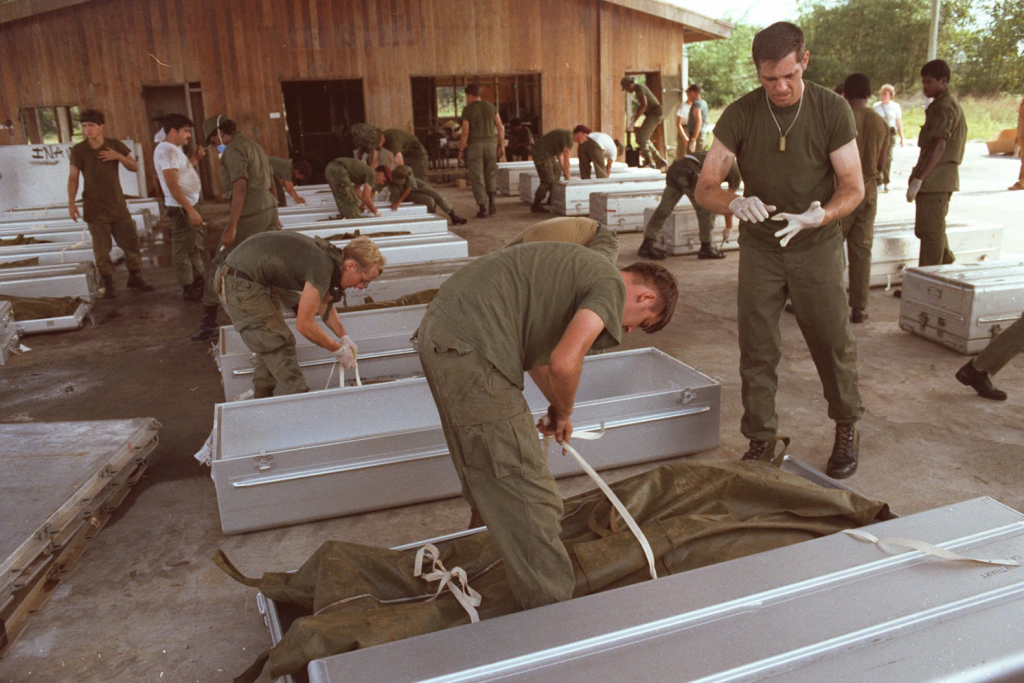
U.S. military personnel place bodies in coffins at the airport in Georgetown, Guyana, in November 1978.
Chad Rhodes, whose mother Juanita Bogue was pregnant with him in Jonestown, faced a troubling path as he was charged with killing a police officer in Oakland in 1999. Reports indicate that around the time of Jonestown’s 30th anniversary, Rhodes was serving a life sentence in prison without the possibility of parole.
The events in Jonestown have sparked debates and differing viewpoints regarding whether it was a mass suicide or a mass murder. While the prevailing view suggests it was a mass suicide due to people willingly taking the poisoned drink, witnesses and former Temple members have presented arguments supporting the mass murder theory.
Long before the actual tragedy unfolded, Jim Jones had his followers drink what they believed was poison as a loyalty test, which, in hindsight, appeared to be a rehearsal for the later events. When Jones implemented the suicide plan in Jonestown, he had armed guards with guns and crossbows to prevent anyone from escaping.
Some victims were found with marks on their bodies, suggesting they may have been forcibly injected with the poison. Additionally, the presence of numerous young children among the victims, who likely did not comprehend the gravity of the situation, further fuels the argument for mass murder.
Tim Reiterman, the author of “Raven,” who was injured during the shooting attack on Congressman Ryan, advocates the mass murder perspective. He believes that Jones meticulously orchestrated the final act of self-destruction and ordered the children to be killed first, sealing the fate of everyone in Jonestown.
Tim Carter, who tragically lost his wife and baby son in Jonestown, also supports the view that it was mass murder. He argues that Jones had already made up his mind to kill everyone, regardless of their intentions, and that the community was manipulated by the lies Jones told to create a state of fear and siege mentality.
RIP Victims.
Next, read about the Time When American and German Soldiers fought the Nazis. Then, about the Horrible Fate that Befell on the Conspirators Who Tried to Kill Hitler.


